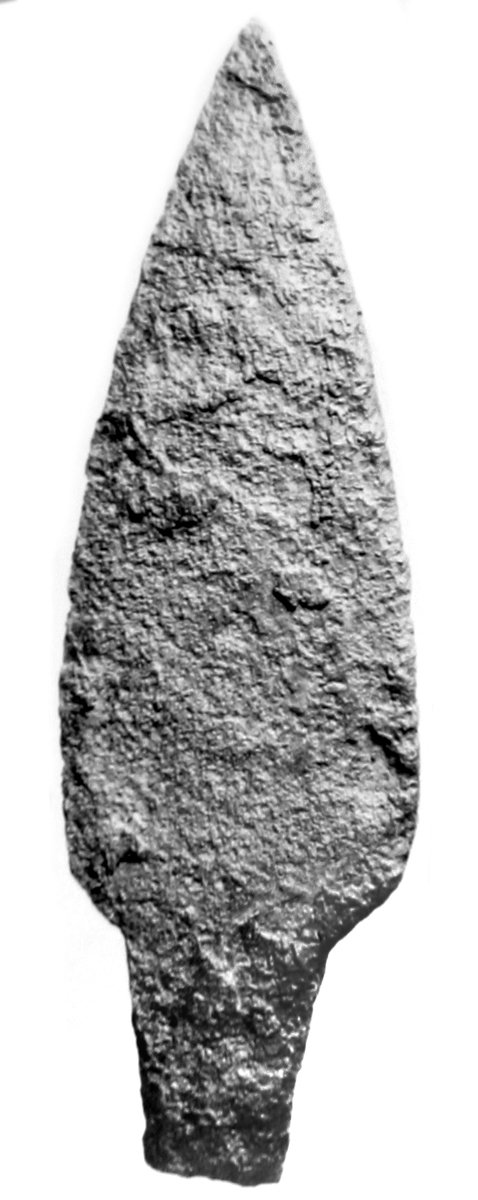
Spear-head
Egyptian Art
| Place of production | Elephantine, Egypt |
|---|---|
| Date | circa 17th century B.C. |
| Object type | sculpture |
| Medium, technique | Talc serpentinite |
| Dimensions | 7.5 x 4.8 x 7.7 cm |
| Inventory number | 51.1504 |
| Collection | Egyptian Art |
| On view | Museum of Fine Arts, Basement Floor, Ancient Egypt, Daily life |
The plinth and the feet once belonged to a standing statue, however, the real value of the fragment is provided by the hieroglyphic inscription containing the name of the owner, Heqaib who served the cult of the crocodile god Sobek as a sem-priest. The old vignette at the bottom of the plinth bears the abbreviation “Elephant.”, documenting the provenance of the statue. The name Heqaib enjoyed great popularity on Elephantine, especially before the New Kingdom on account of the Sixth Dynasty governor of the island, called Pepynakht alias Heqaib, who later was venerated as a god in the region. The Old Kingdom governor managed to secure the defense of the borderland and led successful military expeditions to Nubia. His shrine on the island of Elephantine was restored under Sesostris I and it functioned until the beginning of the New Kingdom. The Budapest fragment supposedly originates from the debris of the shrine and its owner – also called Heqaib – occupied a priestly position in the local cult of Sobek.
This record is subject to revision due to ongoing research.